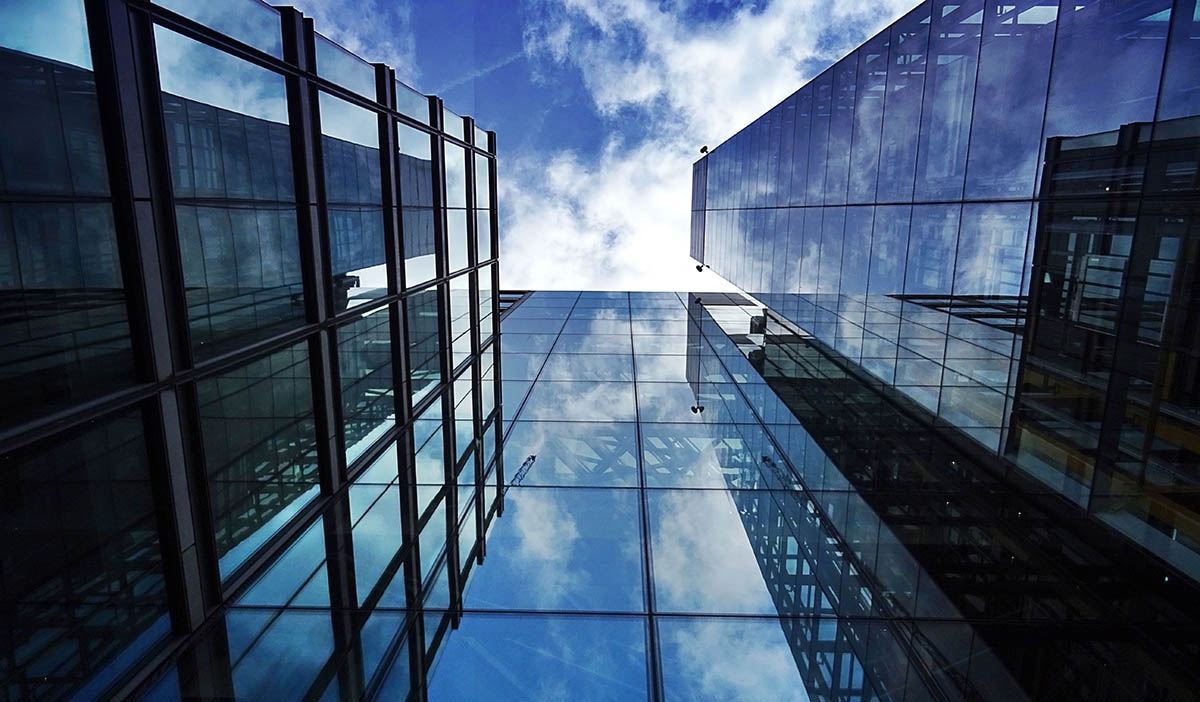
The Future of Sustainable Construction: Rigid Frame Buildings in Canada
Did you know that there’s a new kind of building design that’s helping Canada become more eco-friendly? The term “rigid frame structure” refers to a very robust and adaptable method of construction for a variety of purposes.
In addition to being incredibly durable, rigid frame structures can be constructed in a ton of amazing ways, showcasing remarkable fabric structure features. What’s the best thing, then? They don’t have the same negative environmental effects as certain traditional building methods.
Canada’s future for sustainable building is looking very promising, with these stylish rigid-frame buildings setting the standard. Of course, there’s always room for improvement with anything new, particularly in terms of further increasing the environmental friendliness of steel and construction techniques.
What are Rigid Frame Buildings?
Imagine a structure that is incredibly open inside, like a large chamber devoid of any obstructions like pillars or poles. That is how rigid steel buildings work their magic. They employ specially made steel beams and columns that are incredibly robust and have excellent connections. They can develop large, open areas as a result, without requiring intermediate support.
Imagine it as something stronger and considerably more stylish than constructing a fort out of enormous construction blocks. With all that free space, architects and builders may create all kinds of interesting things, which makes this flexibility a dream come true. In addition, steel, which is nowadays a rather environmentally friendly material, is used to construct these buildings.
Benefits of Rigid Frame Construction for Sustainability
In Canada, rigid steel buildings are a good choice for sustainable architecture for several main reasons:
- Less Stuff, More Green: Like pillars in a large hall, regular construction requires a lot of internal support pillars. Similar to very strong bridges, rigid frame structures are designed to support a great deal of weight without the need for pillars. This implies that they use less material overall, which benefits the environment in several ways, including less waste from construction, less pollution from material transportation, and less effect from resource extraction.
- Lighting Up Naturally: Large open areas in rigid frame structures allow for much natural light to enter. This saves electricity because you won’t need to switch on as many lights inside. Furthermore, they can use even less energy since the unique steel they employ enables thinner walls, which, when combined with enough insulation, can naturally keep the building warm or cool.
- Recycled Steel: Over 98% of steel is recycled in North America, making it the greatest recycling champion! Therefore, compared to using brand-new steel, rigid frame structures composed of recycled steel have a far lesser environmental effect.
- Durability and Longevity: Throughout Canada’s many climatic zones, rigid frame structures are renowned for their remarkable strength and resilience to inclement weather. This results in an extended lifespan for the building, reducing the need for renovation and the environmental consequences that go along with it.
- Shape Shifter for Good: Remember that we previously discussed the abundance of free space seen in rigid-frame buildings? That means they’re incredibly adaptable! With them, architects may create a wide range of interesting structures, from enormous sports complexes to cheerful cow barns. Because of their adaptability, these structures may be utilized for a variety of tasks, which lessens the need to constantly construct new ones. It’s kind of cool, right?
The Advantages of Steel Buildings for the Environment
Because regular structures require a lot of wood, trees must be chopped down. As steel is used in rigid frame structures instead, more trees may grow to be taller. This is particularly crucial in Canada, where trees act as environmental superheroes, purifying the air, sheltering wildlife, and slowing down the rate of climate change.
Rigid frame structures endure a long time because steel is incredibly sturdy. Because of this, they don’t need to be demolished and rebuilt as frequently, conserving resources and preventing garbage from ending up in landfills. They can also withstand extreme weather, such as violent storms, which reduces damage and the need for reconstruction following a calamity.
Remember that we discussed how walls in rigid frame structures are made of special steel and have a lot of free space. That design, however, makes insulation simpler and improves air circulation. So, less energy is required to keep cool in the summer and warm in the winter. That’s a significant victory for the environment, particularly in Canada, where the weather is unpredictable.
Obstacles and Things to Think About
Although rigid frame structures provide many benefits, there are certain drawbacks to take into account. Steel might have a greater initial cost than certain other conventional building materials. The long-term advantages of resilience, fewer maintenance requirements, and energy efficiency, however, may outweigh this. Additionally, to ensure the best possible building envelope performance, thermal bridging at connecting points needs to be carefully considered.
The Future Is Exciting
There is a bright future for rigid frame structures in Canada’s pursuit of increased sustainability. Because they combine improved performance, architectural flexibility, and environmental benefits, rigid frame buildings are a popular choice for many different types of construction projects across the nation.
As long as steel production and building techniques advance, Canada has a promising future for sustainable construction, with rigid frame structures setting the standard.
Thinking of developing a rigid-frame structure with sustainable advantages? Reaching out to a reputable steel construction contractor in your community is the best way to discuss your project and find out more about rigid steel structures.
Rigid frame structures have a big future ahead of them in Canada’s quest for greater sustainability. Rigid frame structures are an appealing option for a variety of construction projects around the country because of its mix of better performance, architectural flexibility, and environmental advantages. With rigid frame structures leading the way, Canada’s future for sustainable construction is bright as long as steel manufacturing and construction methods continue to progress.








